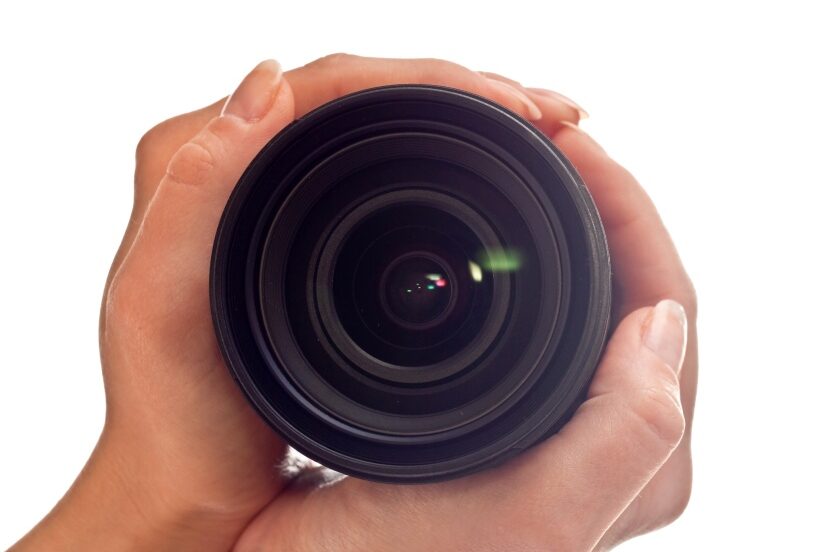Fisheye Canon Lens: An All Round View
Introduction
As an avid photography enthusiast and advisor, I am drawn to the unique and captivating world of fisheye lenses. These lenses offer an extraordinary perspective, distorting reality in a visually striking manner. In this article, I’ll take you on a journey exploring the uses and benefits of fisheye Canon lenses, and how they can unlock a world of creativity in your photography.
Understanding Fisheye Lenses
Fisheye lenses are not your typical wide-angle lenses. They possess a distinct visual characteristic, creating curved and distorted images that bend the lines and contours of the scene. There are two main types: circular fisheye lenses that produce a circular image with a black border around it, and full-frame fisheye lenses that fill the entire rectangular frame.
Embracing Creative Distortion
The most significant appeal of fisheye lenses lies in their creative distortion. Embracing this distortion can add drama and a unique perspective to your images. Play with leading lines and curves to enhance the effect, transforming ordinary scenes into extraordinary visual experiences.
Expanding the Field of View
Fisheye lenses are renowned for their ultra-wide-angle capabilities. They can capture a vast field of view, stretching from edge to edge of the frame. This makes them ideal for capturing expansive landscapes, encompassing breathtaking vistas in a single shot.
Fisheye Canon Lens for Artistic Photography
If you’re looking to delve into artistic and experimental photography, a fisheye lens is your creative ally. Use it to create abstract compositions, turning ordinary subjects into surreal masterpieces. Explore different angles and perspectives to craft visually stunning and thought-provoking imagery.
Fisheye Lens for Action and Sports Photography
Fisheye lenses are not just for static scenes; they excel in action and sports photography too. Their ultra-wide perspective allows you to capture dynamic shots with a unique twist. Whether it’s fast-paced sports or capturing the energy of a live event, fisheye lenses bring a fresh and exciting dimension to your shots.
Fisheye Lens for Architecture and Real Estate Photography
In architectural photography, fisheye lenses come in handy for capturing expansive buildings and interiors. They showcase the grandeur of structures and can transform tight spaces into open and inviting environments, making them perfect for real estate photography.
Handling Fisheye Distortion
While fisheye distortion is an appealing feature, it can also be challenging to manage. To control the distortion, pay attention to the placement of the main subject in the frame. Additionally, post-processing techniques can be employed to correct or enhance the effect, depending on your artistic vision.
Choosing the Right Fisheye Canon Lens
Canon offers a range of fisheye lenses to suit different needs and budgets. Consider factors like focal length, aperture, and build quality when making your choice. Popular options include the Canon EF 8-15mm f/4L Fisheye USM, known for its versatility, and the Canon EF 15mm f/2.8 Fisheye, a classic choice for fisheye enthusiasts.
Conclusion
Fisheye Canon lenses open up a realm of creative possibilities for photographers. From capturing expansive landscapes to transforming everyday scenes into art, these lenses bring a fresh perspective to your photography. Embrace the fisheye effect, and watch as your images become immersive visual journeys, leaving a lasting impression on viewers.
FAQs
1. Can I use a fisheye lens for portrait photography?
While fisheye lenses are not commonly used for traditional portrait photography, many photographers add a creative and unconventional twist to portrait shots when used thoughtfully.
2. Do fisheye lenses have autofocus capabilities?
Yes, most modern fisheye lenses, including Canon models, come with autofocus capabilities, making them convenient to use in various shooting situations.
3. Can I use a fisheye lens on a crop sensor camera?
Yes, fisheye lenses can be used on both full-frame and crop sensor Canon cameras. On a crop sensor camera, the effective focal length will be slightly longer, offering a different perspective.
4. Are fisheye lenses suitable for professional photography?
Fisheye lenses are popular among both amateur and professional photographers who use them in various genres, including landscape, architecture, and creative photography.
5. How do I achieve the best results with a fisheye lens?
To achieve the best results, experiment with different angles, perspectives, and compositions. Embrace the distortion creatively and use it to enhance the visual impact of your images.
Further Reading
- Title: “Mastering Fisheye Photography: A Journey through Canon Lenses” URL: https://www.fisheyejourney.com/canon-lenses-experience
Description: Join fellow photography enthusiasts on their journey with Canon fisheye lenses. Discover tips, tricks, and inspiring stories of creative fisheye photography.
- Title: “Fisheye Lens Artistry: Capturing Distorted Beauty with Canon” URL: https://www.artisticlens.com/fisheye-canon-artistry
Description: Immerse yourself in the world of artistic fisheye photography with Canon lenses. Explore breathtaking visuals and learn from passionate photographers’ commentaries.
Further reading – Canon tips galore
Canon Lens 75-300mm: Unleash the Power of Telephoto Zoom
Buy a Canon Camera Strap: Perfect Companion for Photo Adventures
Canon Camera Charging: Always be Ready for Action
Best Canon Lens for Portraits
Canon EOS Webcam: New Possibilities for Video and Content Creation
Canon Camera Bag: Your Ideal Friend for Photography Trips
Pink Canon Camera: Embrace Photography with Barbie Style




